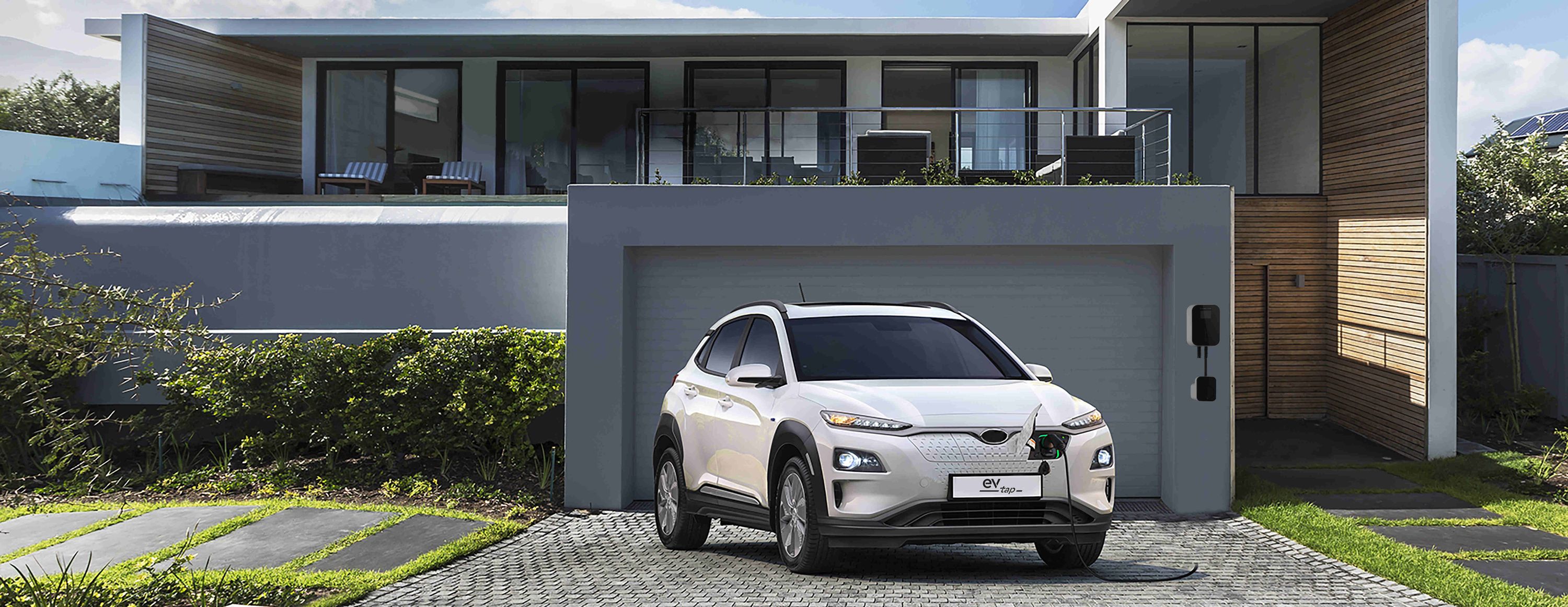Vehicle-to-Grid & Vehicle-to-Home: How electric vehicles become mobile energy storage devices
With the growing number of electric vehicles (EVs) on the roads, new opportunities are opening up in the energy sector. In addition to their environmentally friendly and future-oriented approach, electric cars offer the potential to serve not only as a means of transport, but also as flexible energy storage devices. The Vehicle-to-Grid (V2G) and Vehicle-to-Home (V2H) concepts have a forward-looking vision: the use of vehicle batteries to stabilize the power grid and to provide households with self-sufficient electricity.
Vehicle-to-Grid (V2G): Feeding electricity back into the grid
The vehicle-to-grid approach involves feeding energy from the batteries of electric vehicles back into the public power grid. This is particularly advantageous during peak load times: during the day, when electricity demand is particularly high, the batteries of electric vehicles can help to relieve the load on the grid and increase the security of supply.
Vehicles that are V2G-capable can connect to special charging stations that control the energy bidirectionally - i.e. can both charge and discharge. Special software regulates how much energy the car provides and at what times. This turns the car into a kind of "mini power plant" that efficiently balances the energy demand.
Vehicle-to-Home (V2H): Self-sufficiency for your own home
While V2G relieves the load on the power grid as a whole, Vehicle-to-Home focuses on supplying electricity to a household. Here, the electric vehicle serves as a local energy storage device that supplies the home in times of high energy prices or in the event of power outages. V2H is an attractive solution, especially for owners of photovoltaic systems, because excess solar energy can be charged into the electric vehicle during the day and fed back into the home grid when needed, for example to supply your own household appliances - for example in the evenings or in cloudy weather.
Using V2H can reduce energy costs and promote self-sufficiency and thus energy independence. In addition, by combining V2H with renewable energies, excess electricity is used sensibly and energy-efficiently.
EVtap® Smart: The solution to technological challenges
The implementation of Vehicle-to-Grid and Vehicle-to-Home requires, above all, powerful batteries and a reliable, bidirectional charging infrastructure. The EVtap® Smart Wallbox is an innovative solution that supports V2H and V2G and enables electric vehicles to be charged in an intelligent and sustainable way. Compatible with all photovoltaic systems, this wallbox allows electric vehicles to be charged directly with 100% solar power.
Intelligent Control – Dynamic Load Management
The EVtap® wallbox is more than just a charger; it is also an intelligent load optimization system. Thanks to the integration of dynamic load management and PV self-consumption optimization, excess solar power is automatically used to charge the electric vehicle. This not only optimizes the self-consumption of solar power, but also helps to avoid peak loads, which increases energy efficiency and reduces grid connection costs.
Thanks to the OCPP 1.6 and OCPP 2.0.1 interfaces, the wallboxes can also be integrated into larger systems and monitored remotely. This not only offers a high level of user-friendliness, but also ensures maximum security and flexible control.
V2G and V2H: The Future of Mobility and Energy Supply
Vehicle-to-Grid and Vehicle-to-Home are promising concepts that could redefine the energy world and mobility of the future - as an active part of the energy transition. The ability to provide excess energy flexibly could increase security of supply and at the same time promote grid stability. And the potential is enormous: electric vehicles could make a significant contribution to reducing emissions and sustainable energy distribution in the future. Vehicle-to-Grid and Vehicle-to-Home make the car an active part of an intelligent, networked and climate-friendly infrastructure.
With the EVtap® Smart Wallbox, this vision becomes reality: As a V2G and V2H-capable charging station, it opens up numerous possibilities for integrating electric vehicles into private and commercial energy households. By networking vehicles, charging stations and houses, electric vehicles become a flexible and valuable part of the energy infrastructure.
